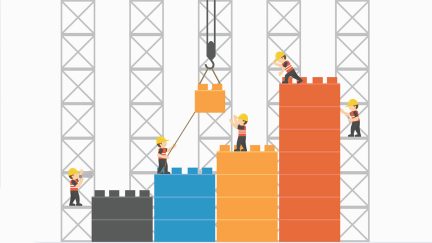For more stories like this, sign up for the PLANADVISERdash daily newsletter.
Single Premium Pension Buy-Out Sales Exceed $8.2 Billion
This is more than double the sales in the second quarter of 2017.
U.S. single premium pension buy-out sales surpassed $8.2 billion in the second quarter of 2018, more than doubling the sales totals in the second quarter of 2017, according to the LIMRA Secure Retirement Institute (LIMRA SRI) quarterly U.S. Group Annuity Risk Transfer Survey.
“Several large pension buy-out contracts, announced since the beginning of the year, were reported in the second quarter, driving the overall growth,” says Eugene Noble a research analyst at LIMRA SRI. “We expected more activity in the pension risk transfer market as plan sponsors take advantage of the ability to make tax-deductible contributions at a higher rate before the new rates kick in as a result of the new tax reform law.”
Year-to-date, buy-out sales have been $9.6 billion, a 76% increase from the first two quarters of 2017. Total assets of buy-out products were more than $121 billion in the second quarter, nearly 23% higher than the previous year. Survey participants reported 108 new contracts in the second quarter of 2018. LIMRA SRI projects the pension risk market to exceed $23 billion in 2018.
“While market growth in previous quarters has been from small- to medium-sized plans, this quarter, the majority of the growth came from large plan transfers,” Noble adds. “Recent LIMRA SRI research shows that large plan sponsors are more familiar with and have growing interest in pension risk transfers.”
Fifteen companies representing 100% of the U.S. market participated in the survey.
You Might Also Like:

PRT Case Against Bristol-Myers Squibb to Proceed

PRT Lawsuit Brought by Former GE Employees Dismissed



